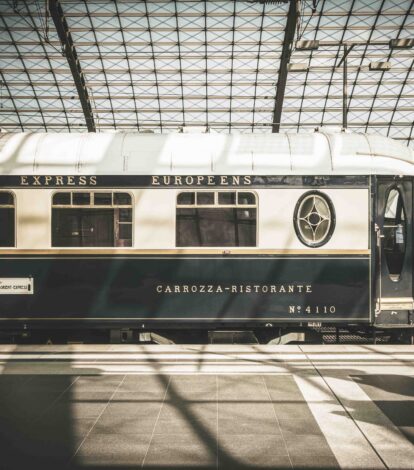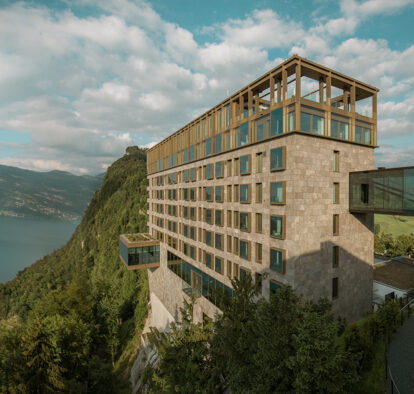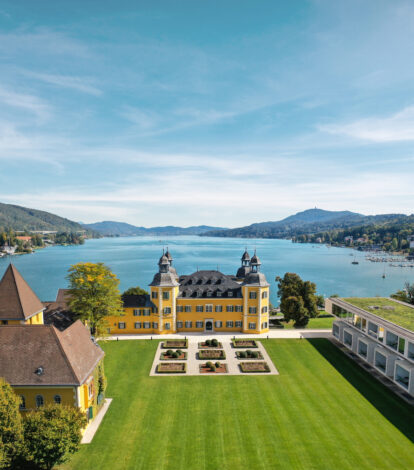Spray-painted graffiti is a new phenomenon. In Porto they’ve covered buildings in street art for over 600 years.
It’s one of Europe’s most colourful cities. And while Lisbon has already become a popular destination, Porto is for explorers ahead of the trends.
Start My Travel Consultation

Almost every street is dominated by painted blue tiles, an art form that tells stories of cultures and eras coming together. Here are our favourite places.
Se Cathedral

Every azulejo tile is an individual, hand painted then pieced together like a giant jigsaw puzzle on a building’s exterior. Amid the cloisters of Porto’s gothic cathedral, these tiles tell the Song of Solomon.
Sao Bento Railway Station

Most remarkable about Porto’s azulejo is the sense of scale. Over 20,000 individual tiles cover the hall of the city’s main railway station. Artist Jorge de Colaco depicts the key moments from Portuguese history across over 500 square metres of art.
Capela das Almas (Chapel of Souls)

What’s so unusual is that these tiles cover the exterior. Elaborate Catholic cathedrals and chapels are common across Europe, but where else is the art on the outside? Painted in the early 20th century, these 15,000 tiles narrate the death of St Francis of Assisi.
Ribeira Negra Panel

It’s believed that King Manuel 1 of Portugal brought azulejo to the country from Seville, Spain, in the 15th century. Their method of production has mostly remained the same, but the art has evolved. This azulejo scene from 1987 depicts the “grandeur and misery” of locals living on Porto’s riverside.
Porto Ribeira District

Azulejo comes from the Arabic word “al zellige”, meaning “polished stone.” The earliest works were geometric shapes and flowers. This style continues to dominate the cobblestone streets of Porto’s Old Town, where it can seem that every building is either covered in tiles, abandoned, or both.
Porto’s Riverside

Buildings along Porto’s riverside are generally in better condition. Here the vernacular buildings follow an old geometric style, but you’ll find an experimentation with colours and it’s a fabulous sight from a distance.
Vila Nova de Gaia

Porto’s famous port cellars are on the opposite side of the river, in Gaia, not Porto. The Bishop of Porto taxed the port producers of Ribeira, who then moved across the river, outside the bishop’s jurisdiction. Here, the building facades are plain, but you’ll find the best hotels, like The Yeatman, which have beautiful views across to Porto’s azulejo riverside.
Casa da Musica

The asymmetrical concrete and glass design of Porto’s music hall seems much closer to Frank Gehry than polished tiles from the Middle Ages. Yet inside, the tiles copy a trend from the 16th-century Renaissance. You can glimpse this art from outside the building, or tour the music hall.
Your Porto Holiday

Porto is perfect for a long weekend. Art, wine, history and culture, rolled into an easy to explore city. Stay for longer and it’s a great base to explore the north, home to many World Heritage sites and early medieval cities.
Porto to Lisbon only takes three hours, so Porto can also be a good first stop on your longer Portugal holiday. Ask our travel designers for more inspiration and how to get the most from your holiday time.

























